The Anchovy is a small fish that people catch as food and bait. Their closest relative is the herring, researchers place both groups in the taxonomic order Clupeiformes. Currently, scientists acknowledge 140 different species in the Anchovy, or Engraulidae, family. Read on to learn about the Anchovy.
Description of the Anchovy
These fish have a relatively unremarkable appearance. Their bodies are quite small and narrow, with silvery scales, a dark green-blue upper-side, and a lighter under-side. Despite the multitude of species, these little fish look quite similar to one another.
Size varies slightly based on the species, but most individuals measure about 5 or 6 inches long. Larger species reach lengths of 10 inches or so. At their heaviest, they weigh no more than a few ounces.
Interesting Facts About the Anchovy
They’re little, they’re unremarkable, and they’re something you don’t want to find on your pizza. Though they seem insignificant, learn what makes these fish unique and important, below.
- Smallest Fish, Greatest Catch – As far as single species go, the Peruvian anchoveta has the most prolific commercial fishery. In any given year, fishermen catch between 4 and 8 million metric tons. That’s more than any other fish species in the world!
- Human Use – While some people eat this fish raw, many people eat them smoked, salted, canned, or preserved in oil. People also use them to create fishmeal and fish oil.
- Ecosystem Use – These fish are important food sources for a variety of different species, including other commercially important fish. Some common predators include halibut, salmon, sharks, and more.
- The Food Web – This species is incredibly important to hundreds of different predators. In fact, the population of anchovies actually impacts the breeding success of many species, including the brown pelican and some species of tern.
Habitat of the Anchovy
These fish live primarily in saltwater, though they also range into brackish water. They are primarily pelagic, which means that they live in the open ocean. In brackish habitats, they live in bays and estuaries, primarily those with mud or silt on the bottom.
Distribution of the Anchovy
You can find various species throughout the oceans across the globe. However, most live in temperate regions, and do not range into extremely cold or extremely hot waters.
Each species has its own unique range and distribution. Some live across wider areas than others, and many populations overlap with those of other species.
Diet of the Anchovy
This fish is a planktivore, which means that it primarily feeds on plankton and other microorganisms. This includes krill, zooplankton, fish eggs, fish larvae, mollusk larvae, copepods, and more.
Their diet varies based on where the fish lives and the species at hand. They do not actively hunt for food. Rather, they swim with their mouth open and filter out edible particles.
Anchovy and Human Interaction
Humans extensively exploit these little creatures for numerous industries. The six species used most often in commercial fishing operations are the Peruvian, European, Argentine, Californian, Japanese, and South African. People catch them for use as food, oil, fishmeal, and bait.
This activity impacts each species differently. Even species with large populations face periodic crashes from overfishing, climate change, invasive species, and more.
Domestication
Humans have not domesticated this fish in any way.
Does the Anchovy Make a Good Pet
No, these fish do not make particularly good pets. They live in large schools, and spend much of their time migrating long distances. Realistically, you could keep any number of more interesting fish species as pets, why would you want anchovies?
Anchovy Care
Some aquariums house these little fish in their collections. These fish serve as a great educational tool when discussing overfishing, climate change, and the food web. They do best in large tanks with rounded edges and a strong current to direct their swimming and keep them from bumping into the edges.
Behavior of the Anchovy
There is little to report on the behavior of these little creatures. They live in dense schools with hundreds, thousands, or millions of individuals. They spend their time swimming and foraging via filter feeding. The schools migrate seasonally to reproduce and avoid undesired temperatures.
Reproduction of the Anchovy
Like their relative, the herring, this fish breeds via spawning. Large groups congregate and release their eggs and sperm in synch. The sperm fertilizes the eggs outside of the body, and the eggs float in the water column until they hatch. The amount of time it takes for the eggs to hatch and the young to reach sexual maturity varies by species.

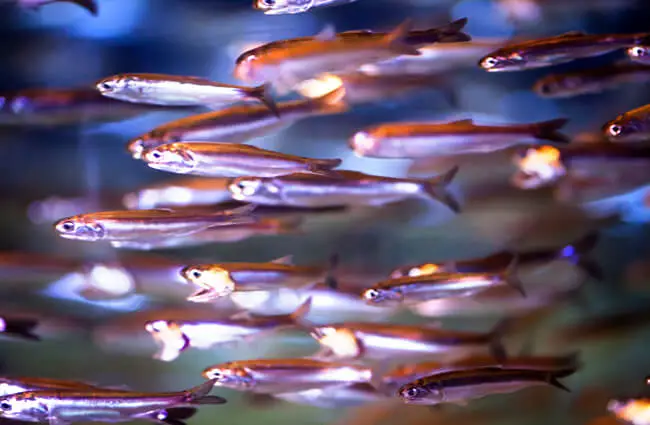
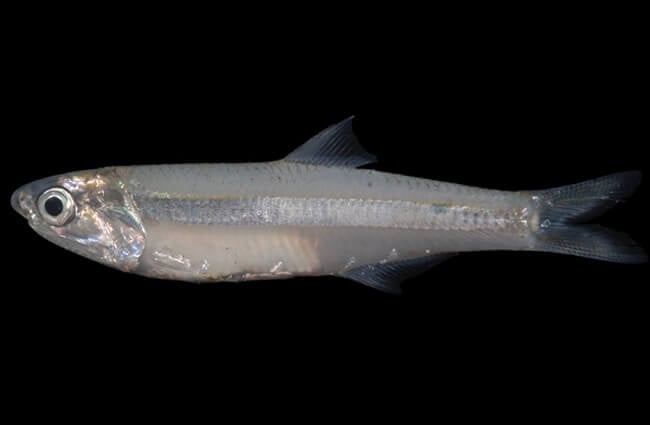
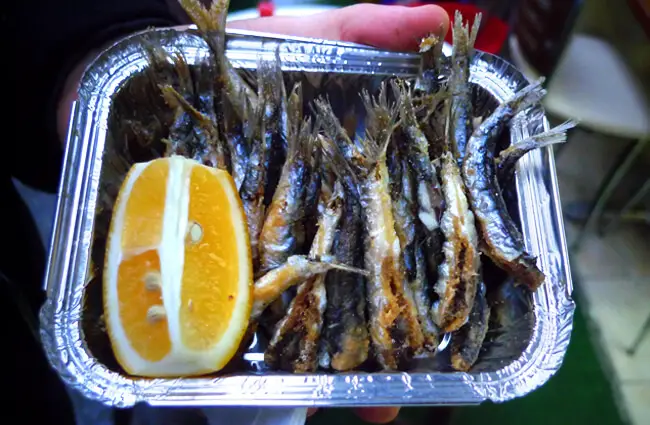

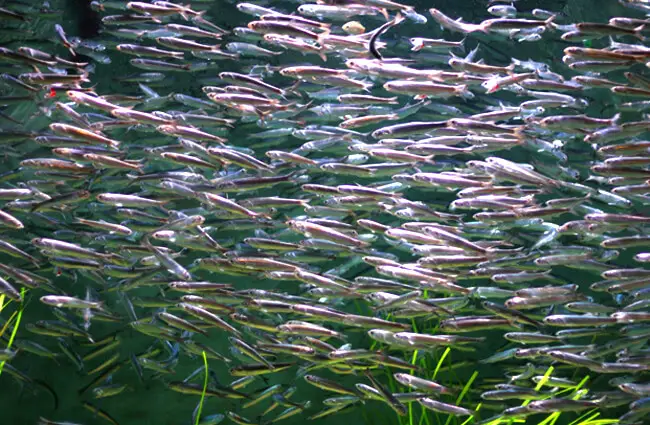



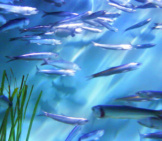
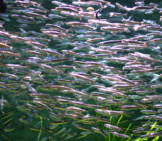
![Red Angus Closeup of a beautiful Red Angus cowPhoto by: U.S. Department of Agriculture [pubic domain]https://creativecommons.org/licenses/by/2.0/](https://animals.net/wp-content/uploads/2020/03/Red-Angus-4-238x178.jpg)












![Red Angus Closeup of a beautiful Red Angus cowPhoto by: U.S. Department of Agriculture [pubic domain]https://creativecommons.org/licenses/by/2.0/](https://animals.net/wp-content/uploads/2020/03/Red-Angus-4-100x75.jpg)

